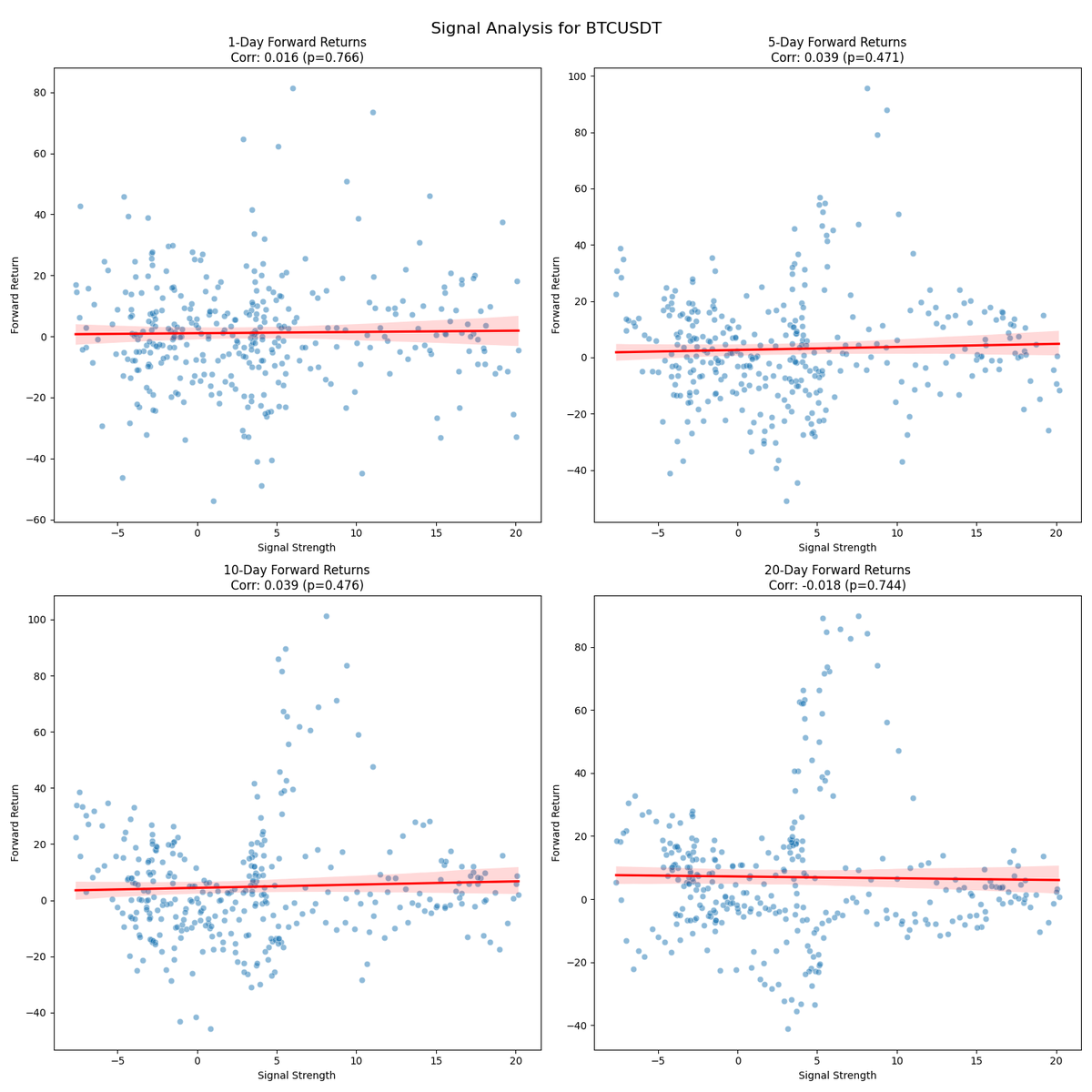Every industry has a few books that will teach you 90% of what you need to know about it.
Here are the 24 books in systematic trading:
(ranging from learning basic python to advanced quantitative analysis)
Here are the 24 books in systematic trading:
(ranging from learning basic python to advanced quantitative analysis)
5) Trading Systems: A New Approach to System Development and Portfolio Optimisation by Tomasini and Jaekle 

8) Systematic Trading: A unique new method for designing trading and investing systems by Robert Carver 

14) Inside the Black Box: A Simple Guide to Quantitative and High-Frequency Trading by Rishi K. Narang 

15) Financial Signal Processing and Machine Learning by Ali N. Akansu, Sanjeev R. Kulkarni, and Dmitry M. Malioutov 

16) High-Frequency Trading: A Practical Guide to Algorithmic Strategies and Trading Systems by Irene Aldridge 

18) Time Series Analysis: Forecasting and Control by George E.P. Box, Gwilym M. Jenkins, and Gregory C. Reinsel 

19) The Quants: How a New Breed of Math Whizzes Conquered Wall Street and Nearly Destroyed It by Scott Patterson 

21) The Man Who Solved the Market: How Jim Simons Launched the Quant Revolution by Gregory Zuckerman 

Finding viable ideas for trading strategies is extremely hard.
I've decided to build a database of them.
Here's what you'll find:
- New strategy every week (52/year)
- Python code for each
- Access to the full archive
Join over 4,000 readers here:
pedma.carrd.co
I've decided to build a database of them.
Here's what you'll find:
- New strategy every week (52/year)
- Python code for each
- Access to the full archive
Join over 4,000 readers here:
pedma.carrd.co
• • •
Missing some Tweet in this thread? You can try to
force a refresh
































